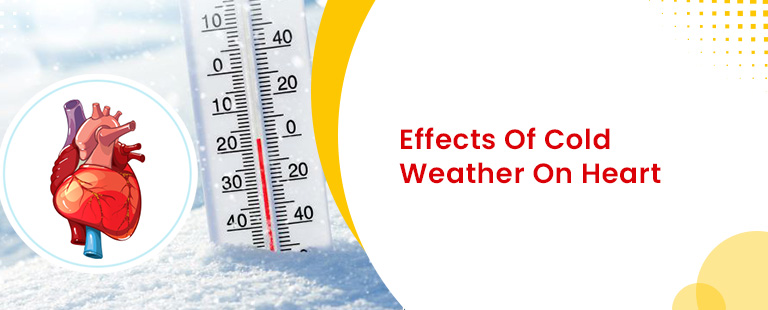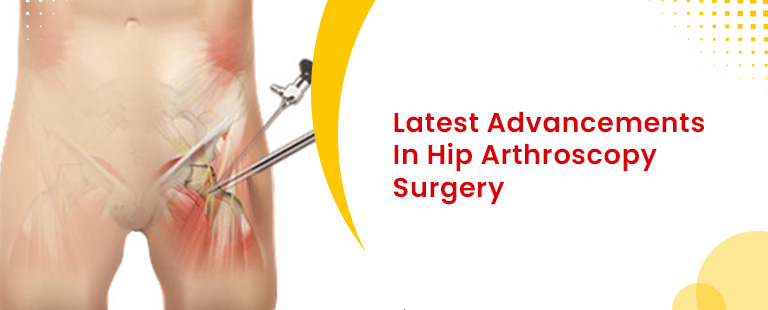As the temperature drops and cold weather sets in, it’s not just our noses that feel the chill. Our hearts also respond to cold weather in ways that might surprise you. Here, we will discuss the close relationship between cold temperatures and heart health and learn some tips to keep the heart in shape during winter.
Impact of Cold Weather on the Cardiovascular System
Our hearts and blood vessels always adjust and adapt to environmental changes. When our bodies sense the cold, the blood vessels in the skin, fingers, and toes narrow to conserve heat. This narrowing process is called vasoconstriction. It is a natural response to minimize heat loss and maintain core body temperature.
However, this vasoconstriction can increase blood pressure and heart rate, as there is a requirement for the heart to pump harder to circulate more blood. It leads to additional strain on the cardiovascular system, especially in individuals with pre-existing conditions.
Cold temperatures can affect your cardiovascular system by:
-By increasing heart rate
-By increasing blood pressure
-Causes blood to thicken, leading to blood clotting. It potentially increases the risk of strokes and heart attacks.
Hypothermia and Its Cardiovascular Consequences:
In extremely cold conditions, the body conserves heat and maintains its core temperature in various ways. Initially, blood vessels constrict to reduce blood flow to the skin, limiting heat loss to the external environment. This vasoconstriction redirects blood to vital organs, including the heart, lungs, and brain.
However, shivering may occur as hypothermia progresses, which is a physiological response to generate heat through muscle activity. The strain on the cardiovascular system increases as hypothermia advances. With decreased body temperature, the heart must work harder to maintain proper circulation and enough oxygen supply to vital organs.
Hypothermia can lead to irregular heartbeats called cardiac arrhythmias and make the heart work less effectively. It also increases blood clot formation, raising the risk of cardiovascular problems.
Importance of Winter Heart Health:
Keeping your heart healthy in the winter is important for your overall well-being. Embracing a few key habits can help care for your heart, especially when it is cold outside. The major key factors are
Don’t let the winter chill freeze your commitment to heart health. Regular exercise, even a brisk walk or indoor activity, can help keep your cardiovascular system in good shape.
Other alternative indoor activities to keep the heart active include gym workouts or dancing. Exercise makes your heart stronger and helps you stay active, especially when it’s chilly.
Eating a healthy diet is important for your heart all year round, even in winter. Opt for nutrient-rich foods like fruits, vegetables, whole grains, and lean proteins. Foods rich in omega-3 fatty acids, such as fish, flaxseeds, and walnuts, help the cardiovascular system function properly.
Also, limit the intake of saturated and trans fats, as they can contribute to heart-related issues. Salt in your diet should also be under control.
Staying hydrated is equally important, even when it is not hot outside. You might not feel as thirsty in cold weather, but it’s still really important to keep your heart and overall health in good shape by staying hydrated. Opt for water, herbal teas, and warm broths to stay hydrated.
Additionally, the colder months can bring extra stress. Hence, paying attention to stress management and ensuring sufficient sleep and rest supports the body’s overall resilience.
Preventive Measures:
Taking care of your heart during colder months is essential, and a few simple steps can improve cardiovascular health. Adopting the practices discussed below can contribute to overall cardiovascular well-being and promote a healthier, stronger heart.
Dressing warmly
Layer your clothing to trap heat close to your body. Remember to wear head gears and gloves because body heat escapes your head and hands. Staying warm helps reduce the strain on your heart in colder temperatures.
Staying active
Regular physical activity helps to maintain a healthy weight and reduces the risk of heart-related issues. Even though it’s tempting to stay indoors during the cold, it’s important to find ways to exercise is vital. Activities like dancing, working out at home, or doing simple stretches can keep your blood flowing and your heart healthy.
Keeping a check on heart symptoms
If you experience any symptoms of heart issues, such as chest pain, shortness of breath, or discomfort in the upper body, it’s crucial to seek medical attention promptly. Pay attention to these signs, as early intervention can help properly treat cardiovascular issues.
Heart-Healthy Foods
A heart-healthy diet is rich in fruits, vegetables, whole grains, and lean proteins. These foods have essential nutrients to help maintain a healthy weight and heart. Incorporating fish and nuts in your diet helps provide omega-3 fatty acids that help decrease cholesterol levels and lower the likelihood of heart disease.
Staying Hydrated
Ensuring enough hydration is essential for both your heart and overall well-being. Water helps transport nutrients, regulate body temperature, and support the cardiovascular system. Adequate hydration ensures that your heart can efficiently pump blood throughout your body.
Managing Stress
According to studies, severe stress contributes to high blood pressure and other cardiovascular issues. Meditation, deep breathing exercises, or hobbies can positively impact your heart and help reduce stress.
Adequate Sleep
Poor sleep has been linked to an increased risk of heart disease and other cardiovascular problems. Aim for 7-9 hours of quality sleep each night to allow your heart and body to rest and rejuvenate.
Summary
Cold weather can adversely affect your heart functioning by causing heart attacks and strokes, especially if you have coronary health problems. The drop in temperature leads to the narrowing of blood vessels, raising blood pressure and requiring the heart to put more effort into pumping blood.
Take precautions in cold weather to ensure the safety of your cardiovascular system. Dress warmly when going out and promptly seek medical attention if heart-related symptoms arise.
Stay active through indoor exercises like dancing or home workouts, and have a heart-healthy diet with fruits, vegetables, whole grains, and lean proteins. Stay hydrated to ensure proper heart functioning and engage in activities that help reduce stress and promote good sleeping habits.




